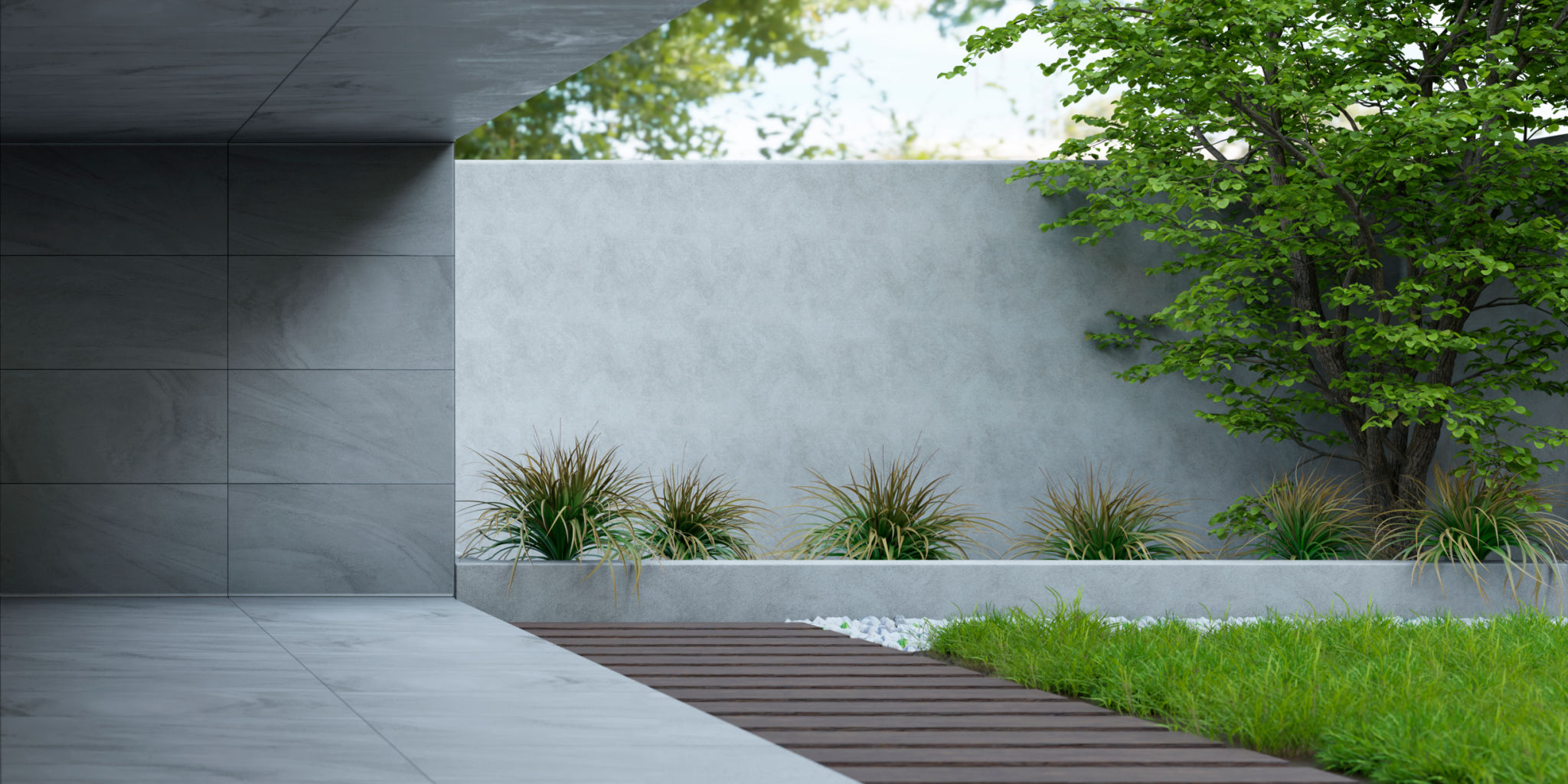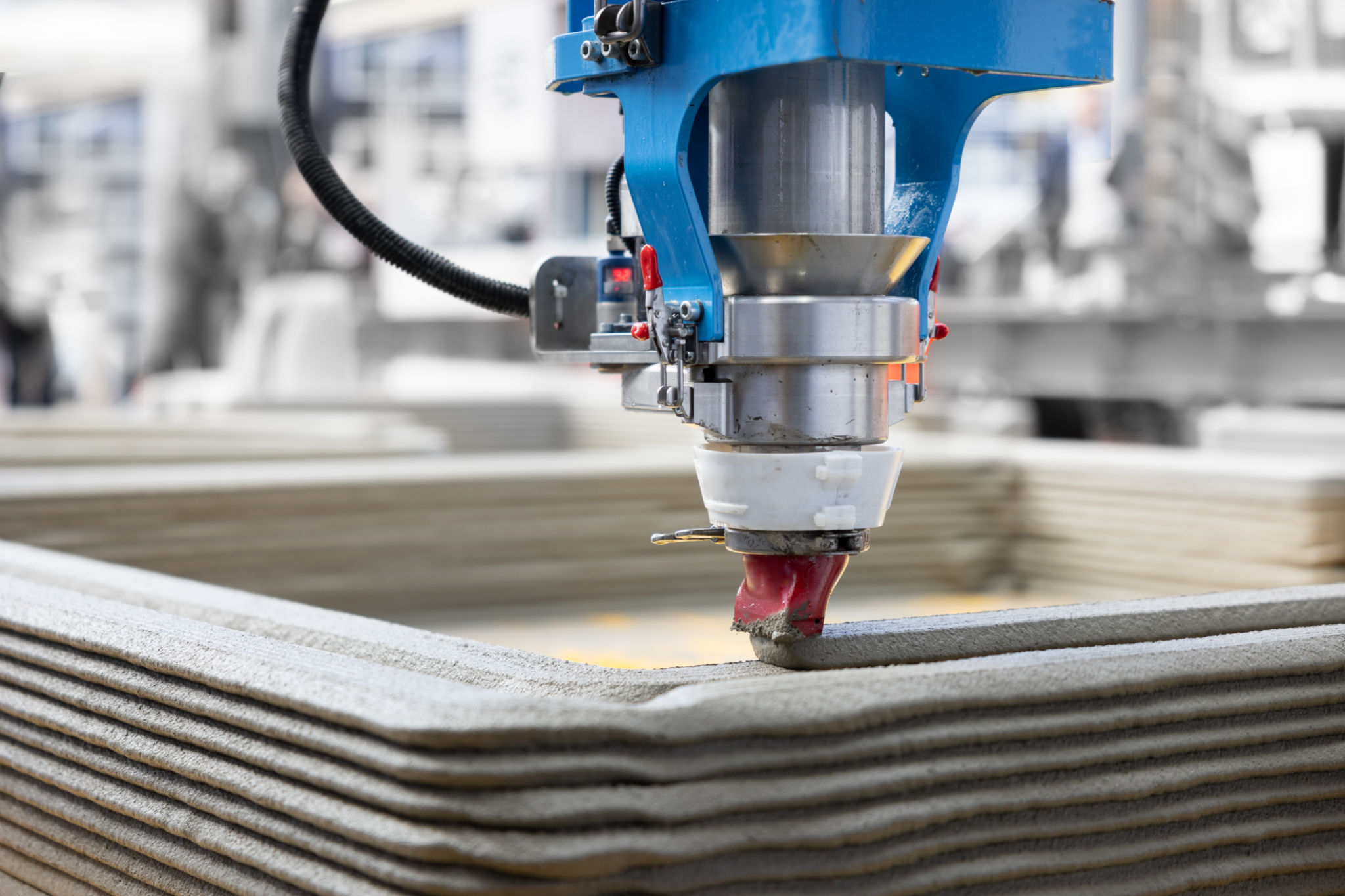Innovative Trends in Architectural Concreting: What's Next?
Introduction to Architectural Concreting
Architectural concreting has long been a cornerstone of modern construction, offering both structural integrity and aesthetic appeal. As the industry evolves, innovative trends are transforming how we perceive and utilize concrete in architectural designs. From enhancing sustainability to incorporating advanced technologies, these trends are setting new benchmarks in architectural excellence.
One of the most significant shifts in the industry is the growing emphasis on sustainability. As architects and developers become more environmentally conscious, the demand for sustainable concreting solutions has surged. This trend is not just a fleeting phase but a profound change shaping the future of construction.

Embracing Sustainable Practices
Sustainability in architectural concreting involves several approaches, such as using recycled materials and reducing carbon footprints. Innovations like green concrete, made from industrial waste and by-products, are gaining popularity for their ability to reduce environmental impact. This type of concrete not only minimizes waste but also offers enhanced durability and strength.
Moreover, the integration of carbon capture technology into the concrete production process is an exciting development. By trapping CO2 emissions during manufacturing, this technology helps to neutralize the environmental impact of concrete production. Such advancements are crucial in creating a more sustainable construction industry.

Advancements in Concrete Technology
The incorporation of technology in architectural concreting is another trend transforming the industry. One of the most groundbreaking innovations is the use of 3D printing to create complex concrete structures. This technology allows for unprecedented precision and creativity in design, enabling architects to push the boundaries of what is possible with concrete.
Furthermore, smart concretes embedded with sensors are revolutionizing how buildings interact with their environment. These sensors can monitor structural health in real-time, providing valuable data that helps in maintaining and enhancing building safety and longevity.

Aesthetic Innovations
Aesthetic enhancements in concreting are also gaining traction, as architects seek to marry functionality with beauty. Techniques such as exposed aggregate finishes, colored concretes, and surface treatments are being used to create visually striking facades and interiors. These methods allow for a wide range of textures and patterns, adding uniqueness to each project.
Another trend is the use of translucent concrete, which incorporates optical fibers to transmit light through the material. This innovative approach not only illuminates spaces naturally but also adds an ethereal quality to architectural designs, blurring the line between interior and exterior environments.

The Future of Architectural Concreting
Looking ahead, the future of architectural concreting appears promising, driven by continuous innovation and adaptation. As technologies like artificial intelligence and machine learning begin to influence construction methodologies, we can expect even more intelligent and sustainable concrete solutions to emerge.
These advancements will undoubtedly enhance efficiency and creativity in design, allowing architects to realize their visions while meeting sustainability goals. The ongoing evolution of architectural concreting reflects a broader trend towards more conscientious and forward-thinking construction practices.
In conclusion, as these innovative trends in architectural concreting continue to develop, they hold the potential to reshape the landscapes of cities worldwide. By embracing these changes, architects and builders can contribute to a more sustainable and aesthetically pleasing built environment for future generations.
